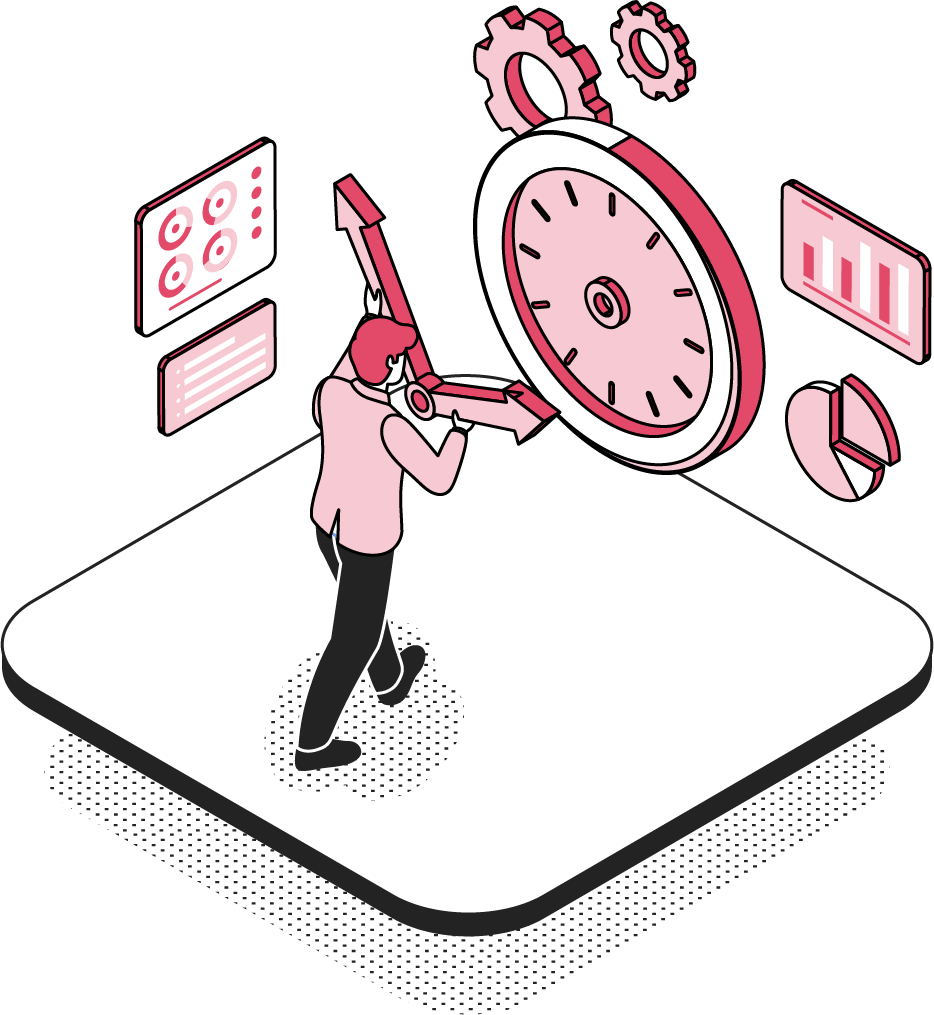Back
Legal Ops Essentials: 21 Tips to Achieve Plain English Contract Drafting
• 27 Jun 23

Legal Ops Essentials: 21 Tips to Achieve Plain English Contract Drafting
Traditional legal writing involved complex sentences, wordiness, redundancy, unusual sentence structures, impersonal constructions and poor word choices.
By contrast, “Plain English drafting” is an approach to legal writing that emphasizes clear, concise, and understandable language.
The goal of Plain English drafting is to bridge the communication gap between lawyers and their clients. Our aim is to achieve good contracting that guarantees that every party understands their respective responsibilities and entitlements. Our aim is to ensure that there is no room for misunderstanding of the legal terms that we use.
Plain English drafting reduces confusion, thereby minimizing the risk of breaches of contract and disputes. Plain English drafting also enhances efficiency during contract reviews and negotiations.
Business owners and anyone concerned with specific performance of contracts, should insist that their legal teams use plain English drafting.
If you are asking "so how should I draft a contract?" This blog includes 21 tips for you on to achieve “Plain English” in your drafting of legal documentation.
10 Things to Avoid:
1. Avoid using Legalese
It may sound formal or “lawyery”, but legalese inhibits the ability of non-lawyers to easily read and understand the document.
2. Avoid using Latin
Choose plain language over Latin expressions to ensure that individuals without legal expertise can comprehend the message.
3. Avoid (or clearly define) Jargon
Jargon is often unfamiliar to non-experts or parties who are not well-versed in the specific field or industry. Whenever feasible, refrain from utilizing it. If Jargon must be used, ensure that it is clearly defined within the contract.
4. Avoid Sentences containing Dependent Clauses
The problem with sentences that contain dependent clauses and exceptions, is that they can easily distract readers. They make it difficult for the reader to focus on the main point of the clause. So avoid clauses like:
“The Purchaser may not terminate this agreement under this Clause 24 unless the Vendor has not complied with its obligations under Clause 23 and has not remedied the breach in accordance with Clause 25.”
5. Avoid Repetition
Repetition does not make your contract more legally valid. The excessive use of synonyms or phrases with similar meanings typically just causes confusion and redundancy.
6. Avoid Passive Language
Passive constructions are where the subject of a sentence receives the action rather than performing it. This can create ambiguity, and it dilutes accountability as omitting the active agent makes it difficult for readers to determine who is responsible for each obligation. This can result in uncertainty, and increases the chance of disputes or delays in contract performance.
7. Avoid Nominalizations
A "nominalization" is where a noun is derived from verb or adjective. Their use tends to lead to complex, convoluted sentence structures that are hard to follow. This can impede comprehension and risks of mis-interpretation.
8. Avoid Large Blocks of Text
Contracts made up of large blocks of unbroken text are intimidating and exhausting to read. They make it difficult for parties to navigate through the document, locate specific provisions, and understand the structure of the contract. Important provisions or obligations can be easily missed when buried within lengthy paragraphs.
9. Avoid Multiple-Negations
Multiple negations can complicate the meaning of a provision, making it harder for parties to understand their rights, obligations, and the consequences of their actions.
10. Avoid Doublets & Triplets
Doublets and triplets involve the unnecessary repetition of words or phrases that convey the same meaning. This redundancy can make it difficult for parties to discern if the repeated terms carry distinct meanings or if they are merely restatements of the same concept..
10 Things to Do:
 1. Consider your Target Audience
1. Consider your Target Audience
Ultimately commercial contracts are to be performed by “non-lawyers”. So ensure that your drafting can be easily read and understood by those non-lawyers!
2. Use an Active Voice
The active voice provides a straightforward and unambiguous expression of rights, obligations, and remedies in a contract. This makes it easier i) for each party to understand what their obligations are, and ii) for courts to interpret and enforce the contract in accordance with the parties' intentions.
3. Use 1-Sentence-for-1-Concept Drafting
When writing a legally binding contract, ensure that each sentence focuses on one single concept.
4. 2 Lines Limit
Ensure that your contract drafting does not include sentences that are more than 2 lines long. This will for you to keep your drafting concise, streamlined and to the point.
5. Logical Structure
Use headings, subheadings, and lists to organize your contract. This makes it easier to understand. Organizational clarity makes it easier for readers to locate specific provisions, understand contractual relationships, and navigate complex legal concepts.
6. List Often
Use lists to break up complex information. Lists facilitates the clear presentation of obligations and streamline contract reviews and analysis.
7. Keep it Short & Sweet
Use short concise drafting to increase the clarity of your contracts and comprehension of the applicable stakeholders. This also makes it easier to save time and effort when conducting contract reviews and negotiations.
8. Use a Single Voice
Ensure that you contract is written using a single voice throughout. This promotes consistency in language and style. It creates a cohesive and uniform document. It avoids the inconsistencies and contradictions that increase the chances of misinterpretations.
9. Prioritise Important Information
Place essential terms of the contract in prominent, easy to locate positions within the contract.
10. Draft Effective Obligations
For each obligation included in your contract, ensure that you have clearly set out:
· What: precisely must or must not be done
· Who: is required to perform the obligation
· When: which the obligation must be performed
· If Not: precisely set out the consequences for a breach of that obligation
How to Check:
1. The Layman Test
Have a secretary or someone unfamiliar with the subject matter review the contract. If your contract drafting cannot be quickly and easily understood, redraft it so that they can. If someone can't understand a clause when they read it, don't try to explain it to them. Instead, rewrite the clause so it's easier to understand.
Conclusion:
To sum up, breaches of legal contracts usually happen due to misinterpretations rather than a lack of trust between parties. Therefore, entrepreneurs and attorneys should embrace the use of clear and concise language when drafting contracts. This approach can significantly decrease the likelihood of contract breaches.
Ready To Transform Your Legal Team?
Please check out the GLS solutions and know-how resources listed on the right side of this page – they might assist your legal team with the issues explored in this Blog.
© The GLS Group - Law Rewritten

The GLS Legal Operations Centre
Register to access your complimentary Day 1 Resource Stack packed with legal team performance resources.

GLS Ultimate Guide To Legal Operations
Download this and read it thoroughly and regularly. It is a wonderful transformation companion.

Book A No-Obligation Consultation
If you would like discuss your legal transformation needs, please book a 30 minute free consultation with us.

GLS Legal Transformation Boot Camp
Our hugely successful, 10-week long, email-based boot camp on how to effectively transform your legal team.



